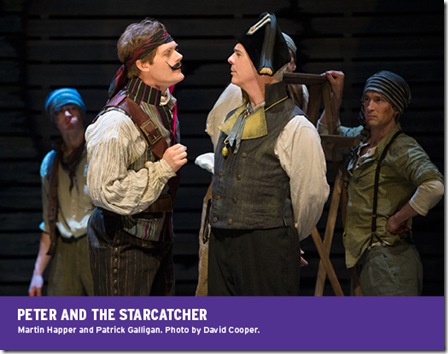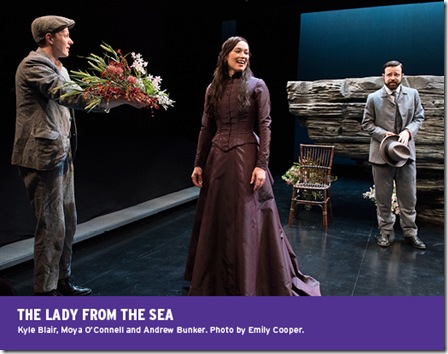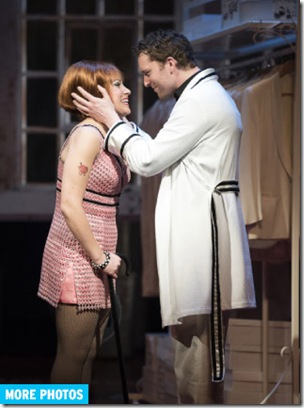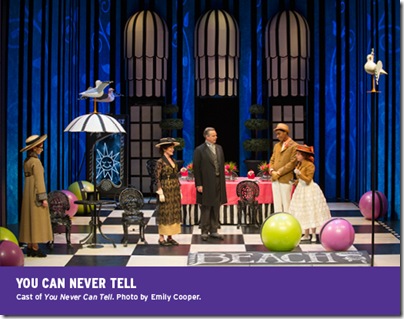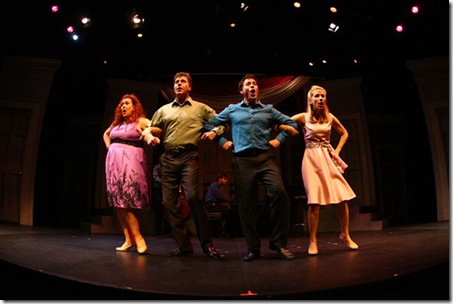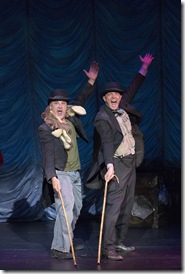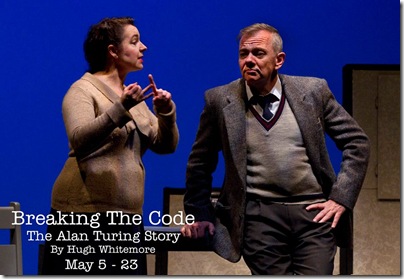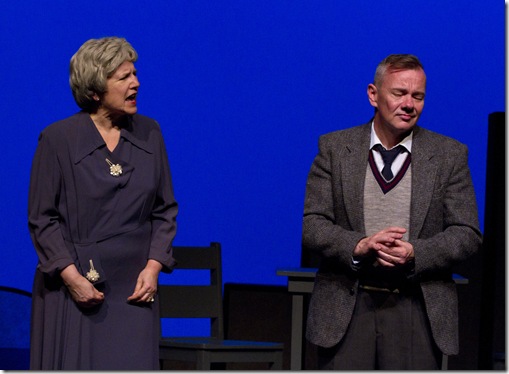Jesus Christ Superstar: An Ambitious But Not Always Successful Show.
Photo: Alan Dean.
Presenting Jesus Christ Superstar as a rock musical was controversial when it premiered in 1971. Andrew Lloyd Webber (then 21) and Tim Rice based the show on the accounts of the last week of Christ’s life in the Gospels and peppered it with anachronistic allusions.
Revivals over the years have included further anachronisms and sometimes updated the setting. The vision of the current Suzart production is a present-day Jesus Christ Superstar. As director/designer Elaine McCausland says in the program note, she asked herself, “How would it look if Jesus arrived in the Byward Market in Ottawa in 2015?”
Does the concept work? Some aspects work extremely well and inject immediacy. At other times, it is hard to understand some of the choices. For example, having Christ on the cross being blessed by a Roman Catholic priest makes no sense however much leeway is given to anachronistic references. Christianity did not exist until after the death of Jesus, who was a Jew. One of the main reasons given for his being tried and crucified was that he was called the King of the Jews (by others).

